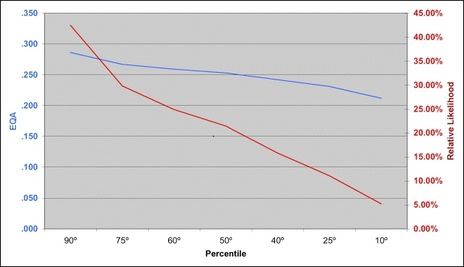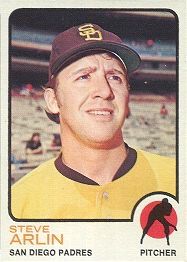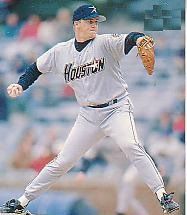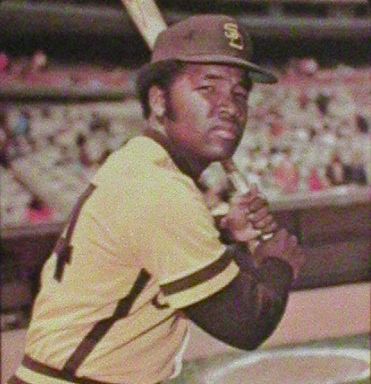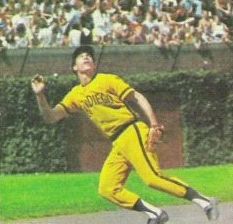Top 100 San Diego Padres: #90 Jerry Turner

JOHN WEBBER TURNER | LF/RF | 1974-1981, 1983 | CAREER
STATS

Like many 1970’s Padres, in 1979 Jerry Turner was a man asked to do a job at which he had no hopes of succeeding.
Turner logged one of the great pinch-hitting performances in baseball’s long history in 1978. His .408 average in pinch situations stands alone. He clubbed five pinch homers. And the San Diego Padre brass decided that he might make a fine regular leftfielder.
No less an authority than my father (forgive me, Dad…) deemed Jerry an approaching savior. My dad insisted that Turner would put up numbers to make my hero, Dave Winfield, blush. Perhaps the Hall of Fame voters missed something, but the debate over which team’s cap Jerry Webber Turner will wear on his plaque has sparked little interest to date.
Turner had been a 10th round Padre draft pick in 1972, but his performance in the farm system moved him quickly toward the big club, and he reached the majors in 1974, at age 20. Once with the Padres, Jerry settled into a steady bench role of mashing right-handed pitchers. Although he had plus power and speed, he didn’t hit lefties or play defense well enough to warrant a regular line-up spot, even for the lowly Padres.
My friend Frank, older than dirt and with the memory of an elephant, offered this Jerry Turner remembrance via e-mail:
“Quick Jerry Turner story: Late 70’s TV day game. Dodger Stadium, he’s playing leftfield, short porch in the corner near the foul pole. High fly hit, there were those little gates to keep fans off the field. The usher bumps into a gate and knocks it open while ball is in air. Jerry, who was a stick guy not in there for his D, tracks the ball straight back, goes through the gate, into the stands, climbs about four steps, and catches the ball. True story.”
Coincidentally, I remembered that play. I remembered it as a foul ball, and I recalled Turner stumbling/tripping up the steps. Pretty much the same story, though, and I’m sure it’s the same play (Somebody Retrosheet this for us. The security of the Free World is at stake. Plus, I need to know that I’m right, and Frank is wrong.).
Frank’s senility aside, Jerry Turner’s career as an everyday outfielder was unsuccessful and short-lived, being confined to 1979. And I want to remind my dad that Winfield led the NL in RBI that year, while hitting .308 with 34 dingers. Won the Gold Glove. Got screwed out of the MVP, as a matter of fact.
Jerry Turner in 1979? Nine homers. An OBP lower than Winfield’s batting average. Butcher in the field, fluke play at Dodger Stadium notwithstanding.
Turner’s career came to a close when he returned to the Padres in 1983, after having left for stints with the White Sox and Tigers. He was out of the majors by age 30. He remains involved in professional baseball, however, as batting coach of the independent Golden League’s Fullerton Flyers. And he was by all accounts a “good clubhouse guy.”


